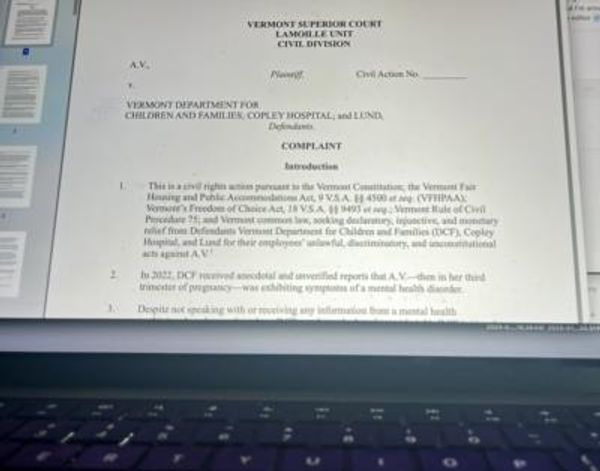By Oiwan Lam
On August 19, Twitter revealed that 936 accounts originating from China were "attempting to sow political discord” in Hong Kong in order to "undermine the legitimacy and political positions” of the anti-extradition movement on the ground.
Upon investigations, Twitter believed that the information operation was state-backed in a coordinated manner.
Although Twitter is blocked in China since 2009, some of the above accounts had accessed Twitter from specific unblocked IP addresses originating in mainland China, the company explained. Moreover, the 936 accounts were merely the most active ones and there existed a larger network of approximately 200,000 accounts created as part of this operation. The company said that it suspended all of the accounts for a number of violations of its "platform manipulations policies”, including spam, coordinated activity, fake accounts, attributed activity, and ban evasion.
Although Twitter stated that the company was "committed to understanding and combating how bad-faith actors use [their] services”, a simple search could still bring the audience to a huge number of disinformation about the protests in Hong Kong on the platform.
Coordinated Information Operations
One coordinated spread of disinformation was about the protest crackdown on August 11. Several state-run news outlets including China Daily reported that one protester was using a U.S.-made M320 grenade launcher to attack the police.
But there has not been any evidence that the “gun” appearing in the video was in fact M320 or just an imitation firearm and there has not been any police officer reported to have been hurt by M320 or other types of firearms.
At the same time, China Central Television alleged that the woman whose right eye was badly injured after Hong Kong police fired a round of bean bags outside Tsim Sha Tsui police station was actually injured by other protesters. The report also included a photo in which the woman was handing money to another person, suggesting that she was a middle person paying young people to join the protests.
The fact is Hong Kong police admitted that they had fired a maximum of 10 rounds of bean bags outside Tsim Sha Tsui police station near where the woman was shot. The woman is a first aider as identified by others in the medical team.
After the August 11 brutal crackdown on the protests, the Chinese government stated in a press conference on the next day that the Hong Kong demonstrations had shown signs of terrorism. However, the claim about “signs of terrorism” is not grounded but built upon massive amount of fake and distorted information spread on social media inside and outside mainland China.

Beyond Twitter: Spamming, Harassment, and More
Twitter is just one of the battle sites outside China. Instagram and Facebook, also blocked in the country, faced similar information operations.
Facebook said that it identified “deceptive tactics” deployed by accounts associated with the Chinese government. The company said it only removed seven pages, three groups, and five accounts originating from mainland China that were used to disseminate dubious information related to Hong Kong.
China online patriotic trolls had launched several crusades to overseas sites, in particular, Facebook, to pick fights with other users. The latest was on August 17 and 18, when more than 10,000 mainland Chinese online patriots had taken part in the crusades. On Facebook, they spammed comments of independent and citizen news outlets with Chinese flags and slogans to support the Hong Kong police. Apple Daily News had to close the comment function in its live-streaming of the protests on Facebook.
They have also filed massive reports to social media platforms such as Youtube and Instagram demanding removal of images citing reasons such as “explicit content”, “copyright”, “discrimination”, “defamation,” etc.
What’s worse, many supporters of the protests were harassed through social media platforms’ direct messaging functions.
It is good news that Twitter decided to disclose their investigation on the disinformation operation, but global platforms are yet to take more proactive countermeasures to stop state-sponsored campaigns and bullying of internet users.
READ NEXT: Can Hong Kong Leverage Its Special Trade Status Against China?
The News Lens has been authorized to publish this article from Global Voices, a border-less, largely volunteer community of more than 1400 writers, analysts, online media experts, and translators.
TNL Editor: Daphne K. Lee (@thenewslensintl)
If you enjoyed this article and want to receive more like it in your news feed, please be sure to like our Facebook page below.







